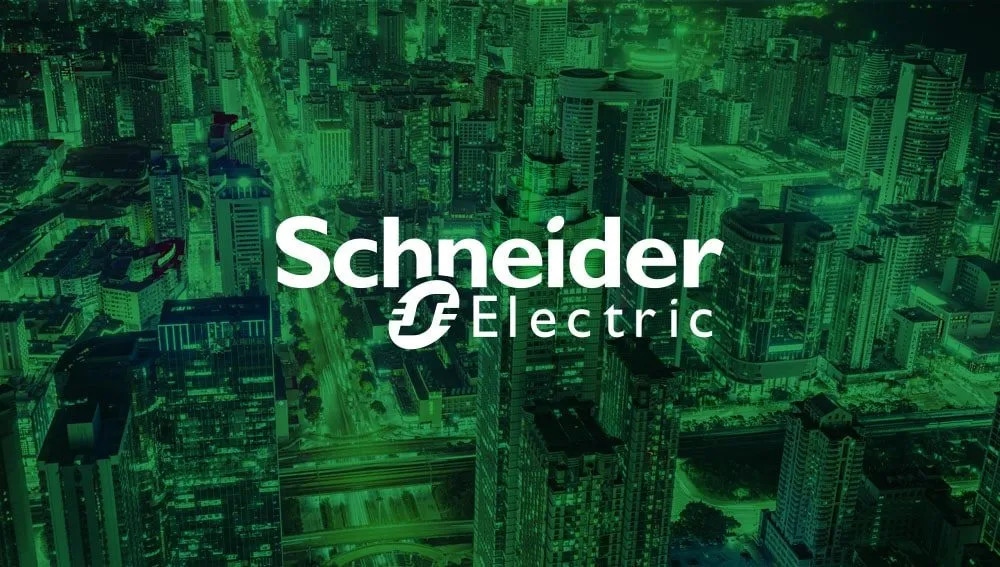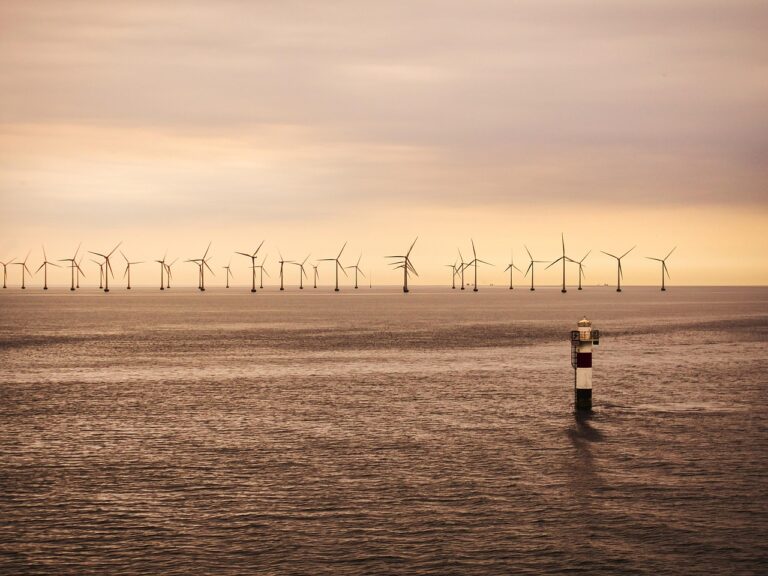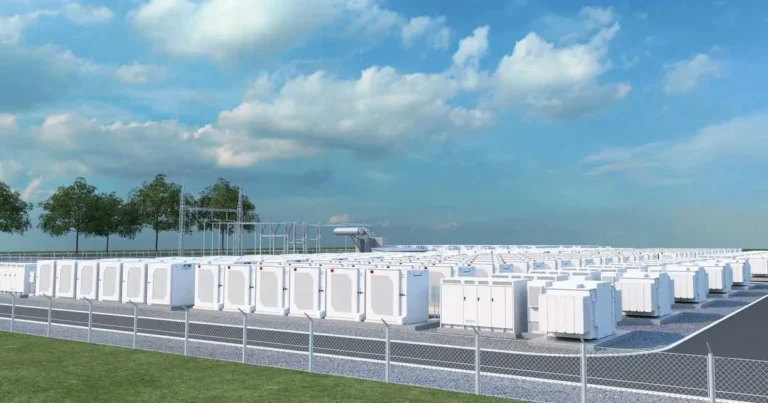
Schneider Electric Launches 2025 Go Green Competition to Empower Youth with Renewable Energy Innovations
Schneider Electric, a global leader in the digital transformation of energy management and automation, has officially opened registrations for the 2025 edition of its flagship global student competition, the Schneider Go Green Challenge. This annual initiative, developed under the umbrella of Schneider Electric’s Youth Education & Entrepreneurship and Access to Energy programs, continues to be a platform where innovation, sustainability, and young talent intersect to tackle some of the most pressing energy challenges of our time.
In a world increasingly affected by climate change, energy inequality, and the urgent need for sustainable development, Schneider Electric’s Go Green Competition serves not just as a contest, but as a call to action. It invites students, young professionals, and aspiring entrepreneurs from around the world to harness their creativity and engineering skills in creating scalable, real-world solutions. The ultimate goal? To contribute meaningfully to a more resilient and inclusive energy future.
A Competition Rooted in Purpose: “Renewable Energy for Life & Livelihood”
The central theme of the 2025 competition is “Renewable Energy for Life & Livelihood” — a focus that is especially timely and relevant. The challenge this year is divided into two main tracks. First, participants are asked to explore solutions related to solar-powered agriculture, with applications in various stages such as pre- and post-harvesting, food storage, and agricultural processing. These are crucial components in rural and developing regions where consistent energy supply remains a barrier to food security and economic resilience.
The second track focuses on solar-powered microbusinesses, such as those in retail, local services, refrigeration, and small-scale manufacturing. These small enterprises are often the economic backbone of communities and can benefit tremendously from decentralized, clean energy sources that reduce dependence on unreliable or expensive power grids. By encouraging innovation in these areas, Schneider Electric aims to catalyze entrepreneurship and improve the quality of life in underserved regions.
Key Competition Dates and Opportunities
Registration for the 2025 Go Green Challenge officially opened on April 1, 2025, and will remain open until May 31, 2025. During this period, interested candidates must form teams of two to four members and register their participation. Once registered, teams are expected to submit their proposals by June 30, 2025. Each proposal should present a detailed and technically feasible solution within the scope of the competition’s theme.
To reward and recognize innovation, Schneider Electric is offering a total prize pool of $18,316 USD, distributed among the top three teams. The first-place winners will receive $10,990, the second-place team will take home $4,579, and the third-place team will be awarded $2,747. Beyond the financial rewards, all winning team members will also receive Solar Family Home Kits, a practical gift that aligns with the competition’s core focus on access to renewable energy.
However, the competition isn’t just about winning prizes—it’s also about learning, growth, and impact.
A Platform for Learning and Skill-Building
One of the distinguishing features of the Schneider Go Green Challenge is its emphasis on education and upskilling. Recognizing that today’s youth are tomorrow’s sustainability leaders, Schneider Electric has partnered with INCO and Schneider Electric University to provide participants with free access to a premium online course, titled Get into Energy Transition.
This course is designed to equip students with fundamental knowledge about the green economy and the global energy transition. It delves into sustainable energy systems, carbon neutrality, decentralized energy models, and emerging technologies shaping the future of energy. By participating in the course, students not only enhance their technical competencies but also broaden their perspective on how energy can be a driver of socio-economic development and environmental protection.
This training initiative is aligned with Schneider Electric’s broader strategy to create a pipeline of skilled young professionals who are well-prepared to enter the clean energy workforce. With the renewable energy industry projected to generate millions of jobs globally over the next decade, the company is investing in youth education today to meet the talent demands of tomorrow.

The Power of Mentorship: Learning from Industry Leaders
Another core element of the Go Green Competition is mentorship. Schneider Electric connects participating teams with experienced mentors from within the organization, many of whom are engineers, business leaders, and sustainability experts. These mentors guide the teams through various stages of their project development—helping refine ideas, provide technical feedback, and align proposals with both real-world needs and Schneider Electric’s values.
This mentorship model ensures that students are not working in isolation. Instead, they are collaborating with seasoned professionals who can challenge their thinking, encourage innovation, and offer valuable insights drawn from years of industry experience. For many participants, these relationships become stepping stones into internships, job opportunities, or even entrepreneurial ventures supported by Schneider Electric and its partners.
Real Stories, Real Impact
One of the most inspiring aspects of the competition is the real-life stories of past participants who turned their ideas into action. Among them is Hajar Werzgan, a winner of the 2022 Schneider Go Green Challenge from Morocco. Reflecting on her journey, she shared:
“We were soon assigned a mentor from Schneider Electric, who helped us develop our bold idea. They were our guiding star, helping us to align our project to Schneider’s technical and business requirements. We complemented each other so that our solution was both attractive and closely connected to users’ needs. Throughout the process, we faced challenges, but even difficulties and failures didn’t distract us. We tried to reach the goal the four of us believed in day after day.”
Her words capture the spirit of the competition—one that embraces learning through trial and error, collaboration, and persistent pursuit of a vision. For Hajar and countless other participants, Go Green has been more than a competition; it has been a transformative experience.
A Vision for an Inclusive and Sustainable Future
Speaking about the 2025 launch, Charise Le, Chief Human Resources Officer at Schneider Electric, emphasized the company’s commitment to investing in young people and sustainability-driven education:
“The Schneider Go Green Competition is a testament to our commitment to nurture the next generation of talent. By providing students with mentorship and learning opportunities, we empower them to develop solutions that address real-world challenges. This competition not only fosters creativity and collaboration but also aligns with our values of Action and Inclusion. We are proud to support these diverse minds.”
Schneider Electric’s approach reflects a holistic understanding of sustainability—not just in terms of technology, but also in terms of human capital, social equity, and inclusive development. By embedding these values into the Go Green Challenge, the company demonstrates how the private sector can play a pivotal role in shaping a better future.
How to Join
Interested students and young professionals who want to take part in the 2025 Schneider Go Green Challenge can find more information and register through the official Schneider Electric Go Green website. The platform includes eligibility criteria, detailed instructions on how to prepare a submission, and resources to help participants succeed.
The competition is open to university students and recent graduates from all disciplines, provided they are passionate about energy, sustainability, and innovation. Interdisciplinary teams are encouraged, as diverse perspectives often lead to the most creative solutions.










